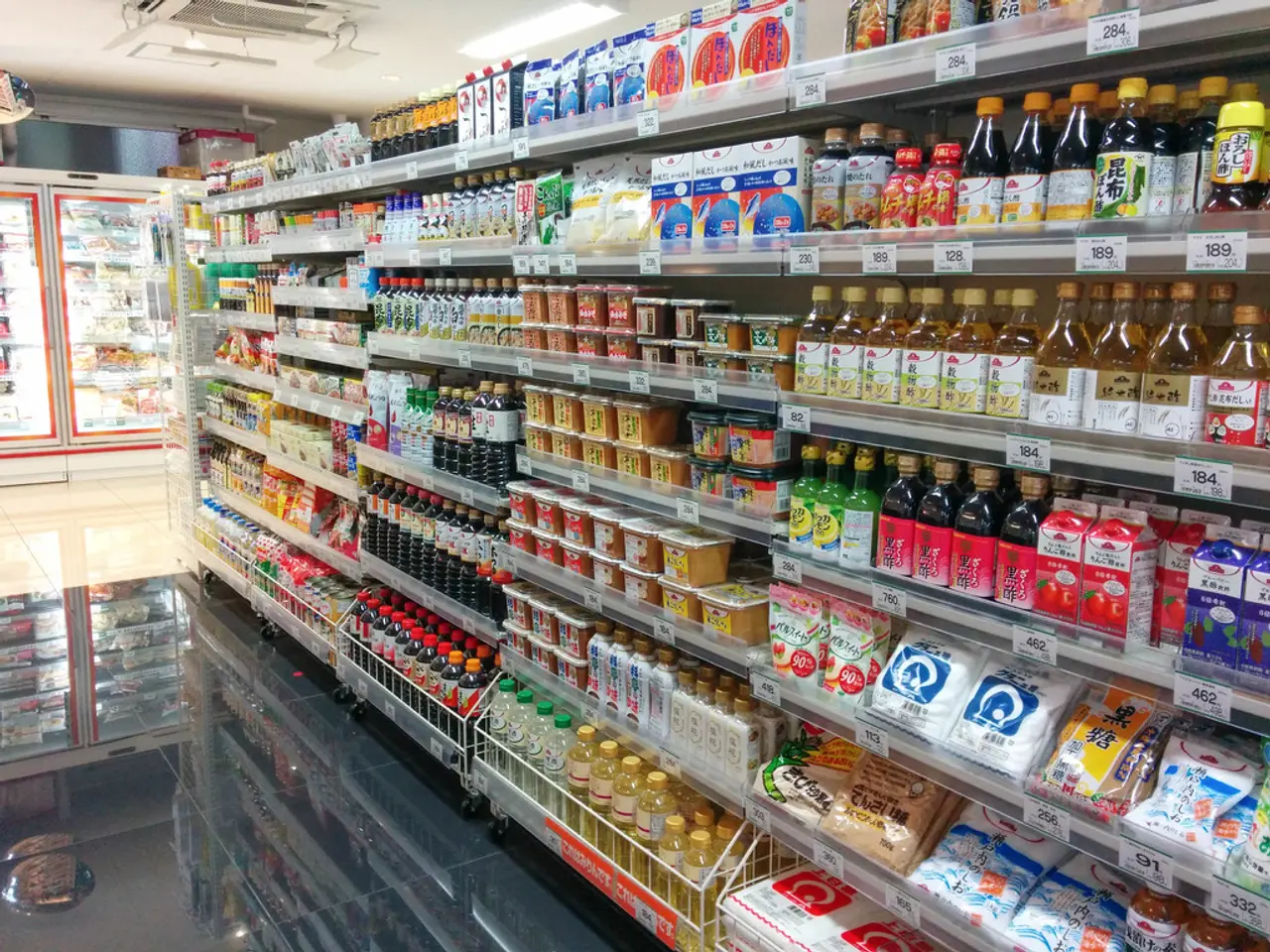Majority Predicts International Growth in Q4, Yet Only One-Third Feel Prepared: The Critical High-Stakes Quarter for Global Online Shopping
In the bustling world of ecommerce, brands are gearing up for the peak season of 2025, a period characterized by increased international order volumes and regulatory changes. Here's a look at some of the strategies being implemented by ecommerce leaders to weather the storm.
One approach that's gaining traction is the use of duty drawback, a method that allows brands to recover millions in duties on goods imported to the U.S. and later exported, thereby boosting cash flow without raising prices.
Another significant change is the end of the U.S. de minimis exemption, which took effect during the peak season 2025. This shift has prompted brands to prioritise customer service, setting clear cut-off dates, testing pricing tolerance, scaling support, and offering real-time tracking to enhance the customer experience during the busy season.
Optimising supply chains is another key focus area. Leaders are diversifying suppliers and automating warehouses to fortify their supply chains for international operations. New tariff layers are forcing brands to revisit sourcing strategies to minimise tariff exposure and maintain competitive pricing.
Fast, reliable delivery, reducing shipping costs, and customer satisfaction are the top three priorities for ecommerce brands this Q4 2025. To achieve these goals, more brands are opting for Delivered Duty Paid (DDP) shipping, a move that helps handle duties and taxes upfront, minimising wait times and cross-border complexities.
Brands are also capitalising on Canada's surtax removal, opening the door to more competitive U.S.-Canada trade flows during the holiday rush. Moreover, approximately 25% of ecommerce brands are planning to open or expand fulfillment operations in new countries this year to reduce tariff exposure and improve customer service.
However, the peak season 2025 has not been without its challenges. Customs holds and audits are at an all-time high, and 99% of ecommerce brands say tariffs are impacting their peak planning. To mitigate these costs, brands are finding ways to reduce tariff costs, such as storing inventory in countries with established fulfilment partners.
As the peak season unfolds, brands that adapt quickly to regulatory changes, reinforce operations, align pricing strategies, and invest in customer trust will be best positioned to thrive. Those that do so will differentiate themselves through resilience and trust, ensuring a successful peak season and setting the stage for continued growth in the new year.
Brands are also adapting to regulatory changes, such as the end of the U.S. de minimis exemption, to ensure compliance and minimise clearance costs. Approximately 86% of ecommerce leaders began peak planning in the first half of the year, with 17% starting as far back as late 2024. Despite these efforts, only 31% of ecommerce brands say they are fully prepared to handle the increased international order volumes in Q4 2025.
In conclusion, the peak season 2025 presents a unique set of challenges for ecommerce brands. However, by implementing strategic changes, optimising supply chains, and prioritising customer experience, many brands are positioning themselves for success in this busy period.
Read also:
- Transforming Digital Inventories in the Food Industry: A Comprehensive Guide for Food Businesses
- Munich Airport Unveils Its New Electrical Vehicle Charging Parksite
- Clean Energy Facilities by Constellation Offer Close-to-Impeccable Summer Stability, Reinforced by $7 Billion in Capital Infusions Over the Past 10 Years
- Vehicle electrification and bidirectional charging technologies could potentially reduce EU energy expenses by a staggering €22 billion annually by the year 2040.




